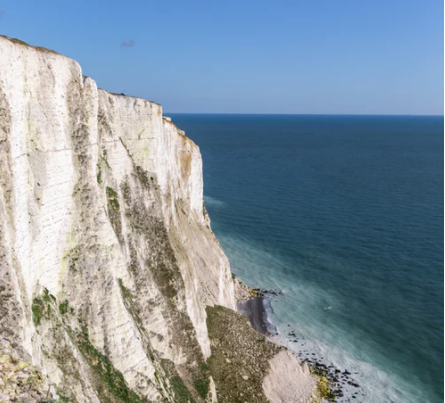UK Adaptation Communication to the UNFCCC 2020
Friday 12 Feb 2021

The UK submitted its first Adaptation Communication to the UNFCCC in December 2020, setting out its plans to prepare for the impacts of climate change in the UK and to support climate change adaptation overseas.
The Adaptation Communication provides the following:
- An outline of the impacts of climate change in the UK, and the consequent risks and vulnerabilities.
- National adaptation priorities and strategies. The Second National Adaptation Programme for England was published in 2018, with equivalent documents from the devolved administrations. Key organisations including those responsible for water, energy, transport, environment, heritage, health and finance, are obligated to provide reports on their adaptation methods, as part of the Adaptation Reporting Power reporting round (2019-2021).
- Examples of implementation of adaptation actions, such as 700 new flood and coastal defence projects since 2015.
- An outline of plans to support developing countries through the International Climate Finance fund, highlighting projects such as Weather and Climate Information Services for Africa.
Nature-based solutions form a central component of the UK’s approach to adaptation. Key features include:
- Following the agreement of the post-2020 Global Biodiversity Framework, a new Strategy for Nature in England will be produced, linking to commitments on both biodiversity and climate change.
- The new Environmental Land Management scheme includes adaptation as a core aim.
- Natural England is developing methods to include adaptation in the designation and management of protected sites in England. For example, National Nature Reserves now require climate change risk assessments as part of five-year management plans.
- The Adaptation Communication stresses that adaptation actions will take place across a wide range of terrestrial, freshwater and marine ecosystems, and there is an emphasis on projects that provide multiple benefits simultaneously – for example, restoration and creation of blanket bog supports biodiversity, stores carbon, filters water, and reduces downstream flood risk.
- The UK COP26 nature campaign aims to enhance finance, capacity building and cooperation for nature-based solutions; this includes a few initiatives such as:
Sustainable Land Use and Commodities Trade
Leader’s Pledge for Nature
Just Rural Transition
Challenges to adaptation are highlighted:
- Monitoring adaptation progress is challenging due to the lack of a complete set of robust, standardized metrics and indicators. This is a barrier to financial flows.
- Adaptation and resilience planning are inherently complex.
- The need for integrated actions across all sectors and within all departments, which requires coping with interdependency risks and reconciling competing goals.
- Lack of understanding of the costs of avoided losses, maladaptation, and impacts on communities and the economy from adaptation actions.
Accompanying the Adaptation Communication, the UK also published its updated Nationally Determined Contribution, which focuses on climate change mitigation, and Finance Biennial Communication.
Read the Adaptation Communication here.




